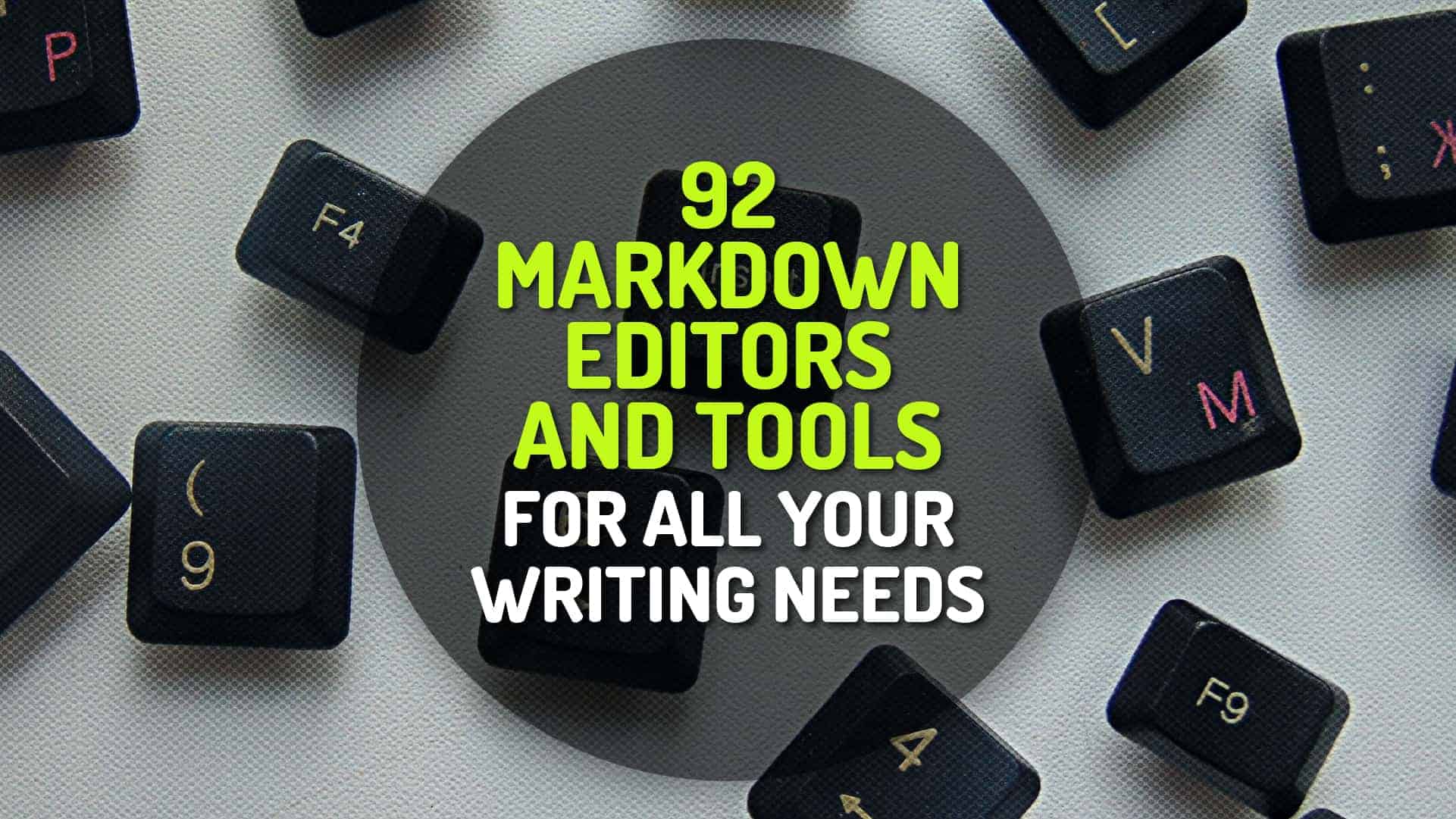The purpose of this book is to help you program shared-memory parallel machines without risking your sanity. We hope that this book’s design principles will help you avoid at least some parallel-programming pitfalls. That said, you should think of this book as a foundation on which to build, rather than as a completed cathedral. Your mission, if you choose to accept, is to help make further progress in the exciting field of parallel programming-progress that will in time render this book obsolete. Parallel programming is not as hard as some say, and we hope that this book makes your parallel-programming projects easier and more fun.
In short, where parallel programming once focused on science, research, and grand-challenge projects, it is quickly becoming an engineering discipline. We therefore examine specific parallel-programming tasks and describe how to approach them. In some surprisingly common cases, they can even be automated.
This book is written in the hope that presenting the engineering discipline underlying successful parallel-programming projects will free a new generation of parallel hackers from the need to slowly and painstakingly reinvent old wheels, enabling them to instead focus their energy and creativity on new frontiers. We sincerely hope that parallel programming brings you at least as much fun, excitement, and challenge that it has brought to us!
- This book is a handbook of widely applicable and heavily used design techniques, rather than a collection of optimal algorithms with tiny areas of applicability. You are currently reading Chapter 1.
- Chapter 2 gives a high-level overview of parallel programming.
- Chapter 3 introduces shared-memory parallel hardware.
- Chapter 4 then provides a very brief overview of common shared memory parallel-programming primitives.
- Chapter 5 takes an in-depth look at parallelizing one of the simplest problems imaginable, namely counting.
- Chapter 6 introduces a number of design-level methods of addressing the issues identified in Chapter 5.
- Chapter 7 covers locking, which in 2014 is not only the workhorse of production-quality parallel programming, but is also widely considered to be parallel programming’s worst villain.
- Chapter 8 gives a brief overview of data ownership, an often overlooked but remarkably pervasive and powerful approach.
- Chapter 9 introduces a number of deferred-processing mechanisms, including reference counting, hazard pointers, sequence locking, and RCU.
- Chapter 10 applies the lessons of previous chapters to hash tables, which are heavily used due to their excellent partitionability, which (usually) leads to excellent performance and scalability.
- Chapter 11 covers various forms of testing. It is of course impossible to test reliability into your program after the fact.
- Chapter 12 follows up with a brief overview of a couple of practical approaches to formal verification.
- Chapter 13 contains a series of moderate-sized parallel programming problems. The difficulty of these problems vary, but should be appropriate for someone who has mastered the material in the previous chapters.
- Chapter 14 looks at advanced synchronization methods, including non-blocking synchronization and parallel real-time computing.
- Chapter 15 covers the advanced topic of memory ordering.
- Chapter 16 follows up with some ease-of-use advice.
- Chapter 17 looks at a few possible future directions, including shared-memory parallel system design, software and hardware transactional memory, and functional programming for parallelism.
- This chapter is followed by a number of appendices.





